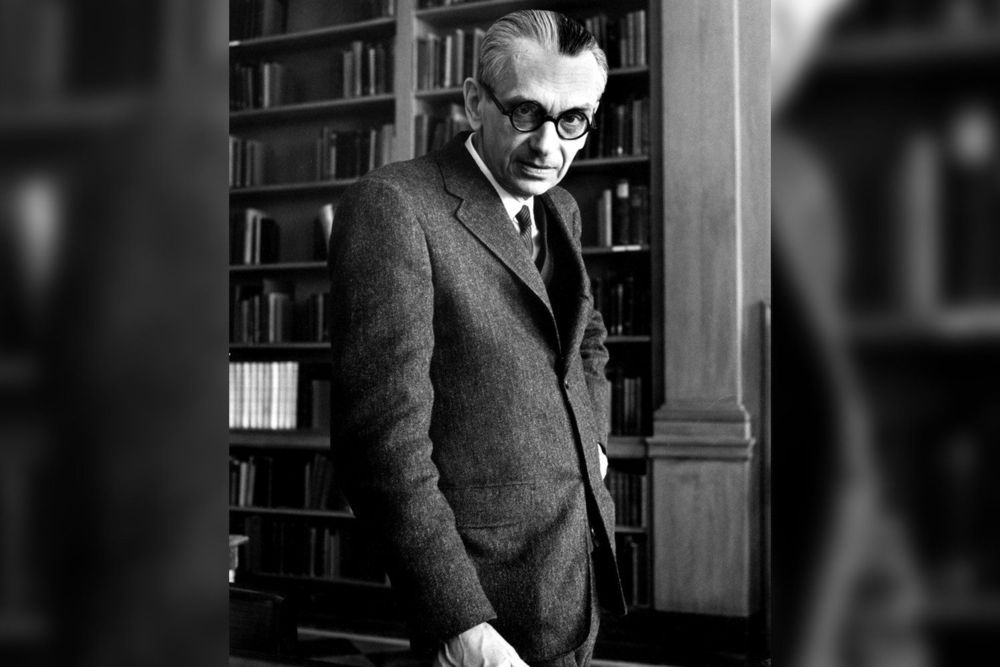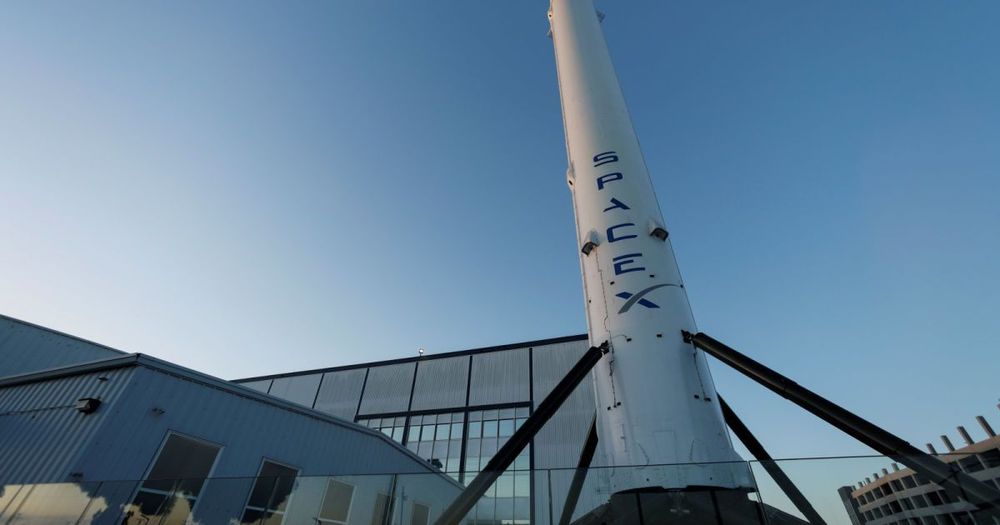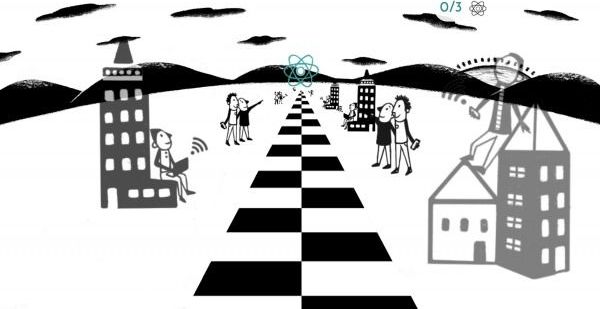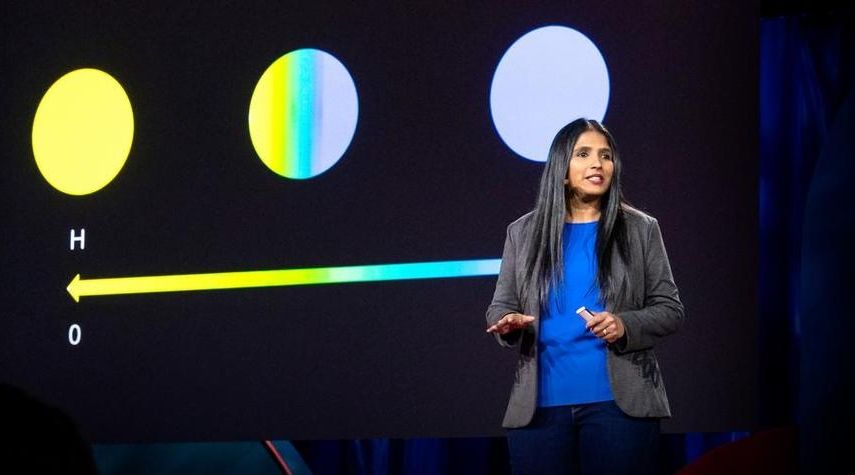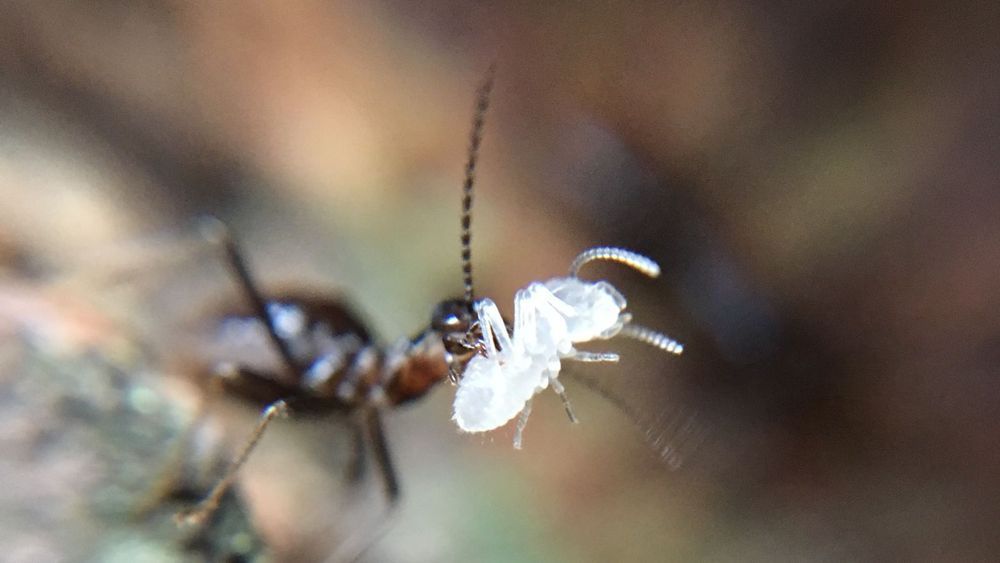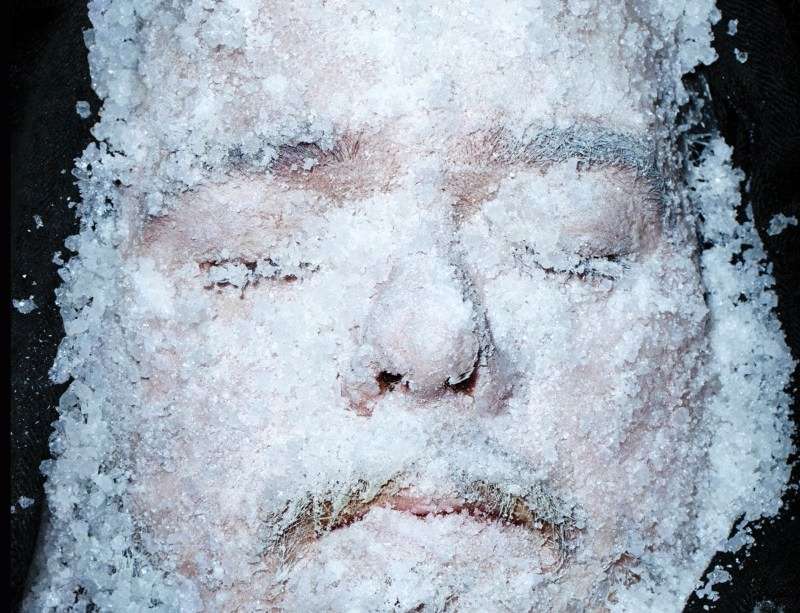Technologies have often been observed to improve exponentially over time. In practice this often means identifying a constant known as the doubling time. Moore’s law is, classically, the empirical observation that the number of electronic components that can be put on a chip doubles every 18 to 24 months. Today it is frequently stated in terms of the number of computations available per unit of cost, a formulation promoted by Kurzweil. Different doubling times describe the rate of advancement in many technologies.
A frequently noted competitor to Moore’s law is known as Wright’s law, which has aeronautical roots. Wright’s law expresses the idea that performance of a technology—price or a quality metric—improves by a constant percentage for every doubling of the total number produced. Does exploration of outer space conform to behavior like Moore’s law or Wright’s law? Our results are broadly consistent with these laws. (More)

